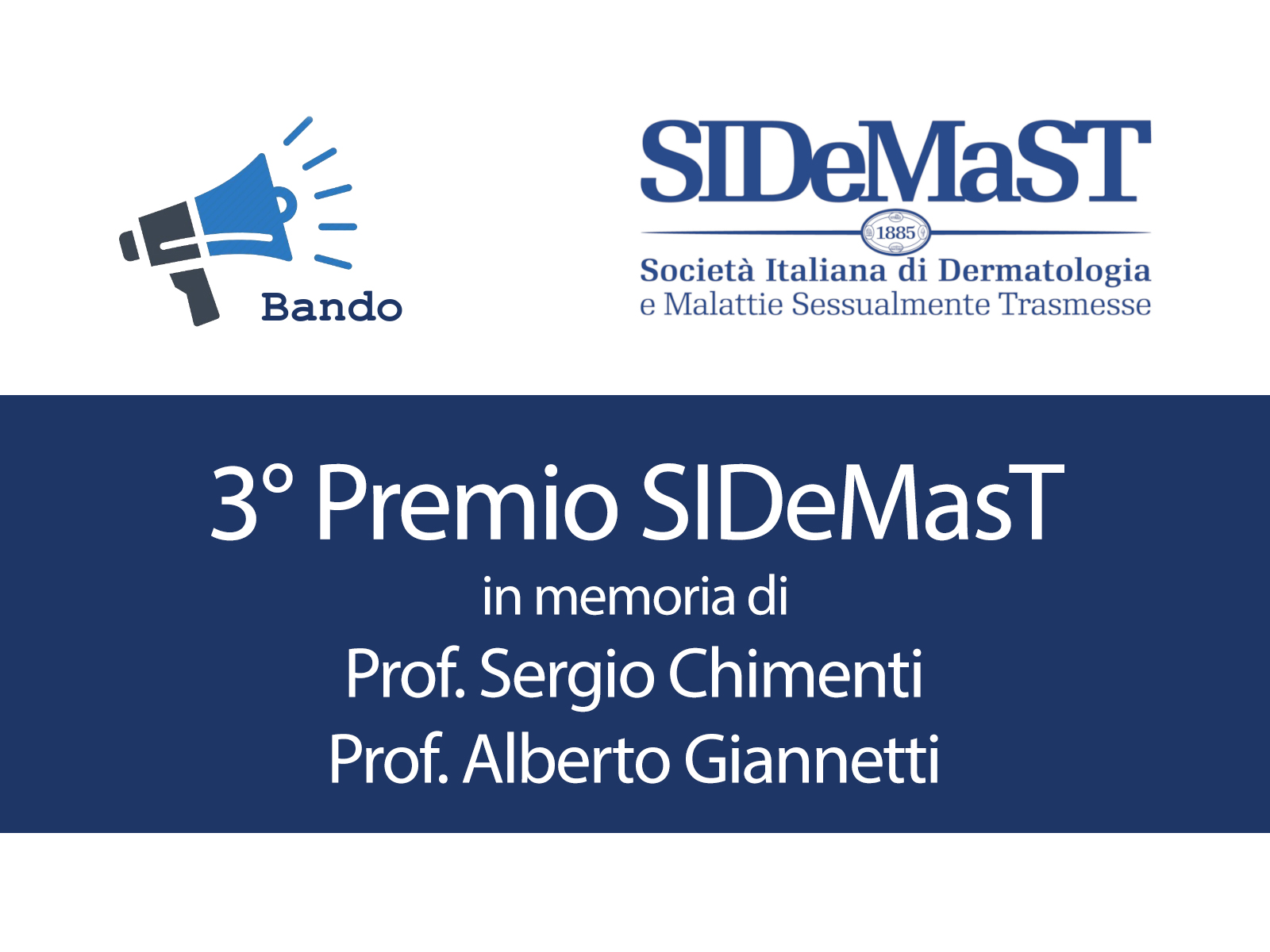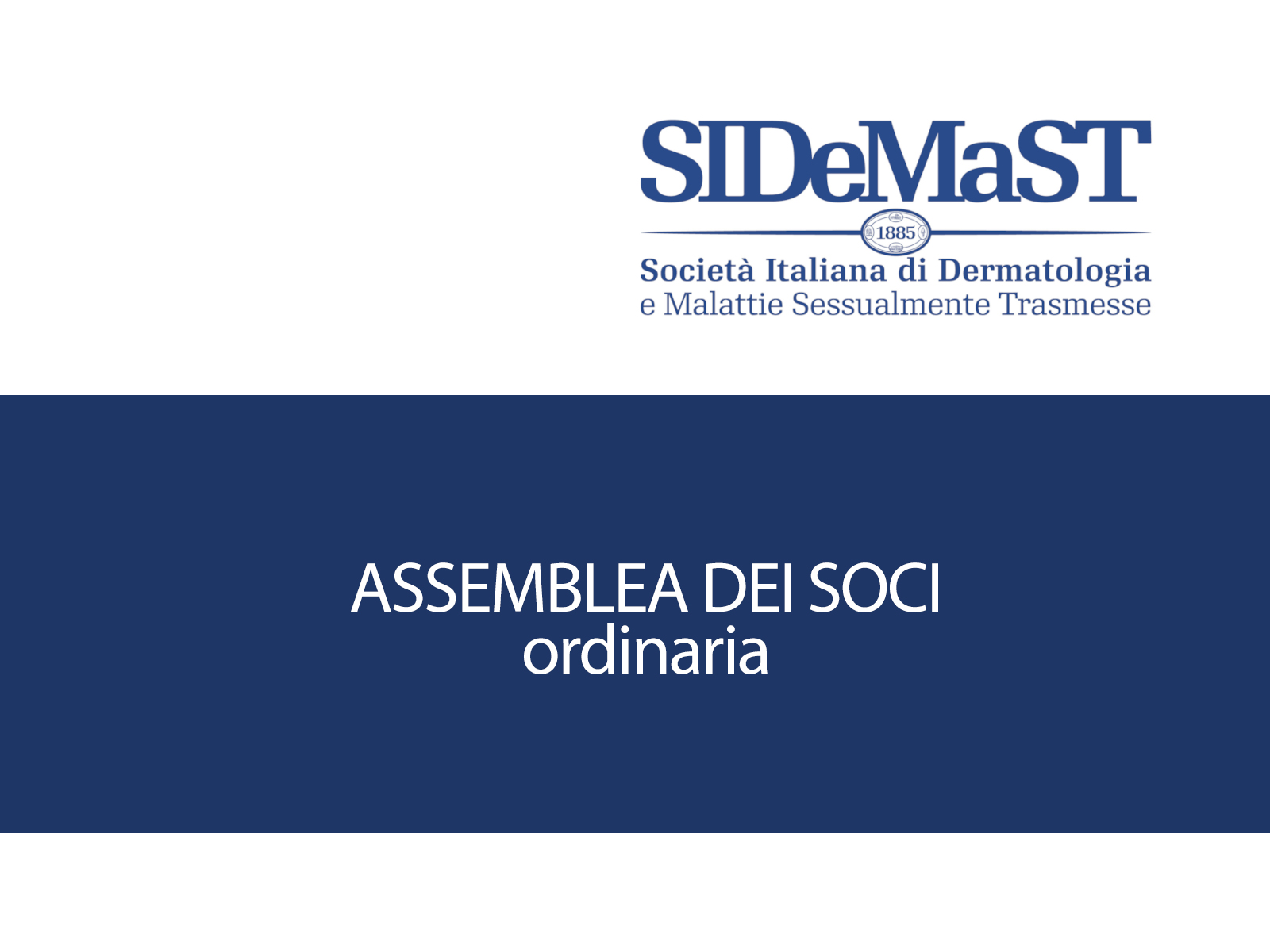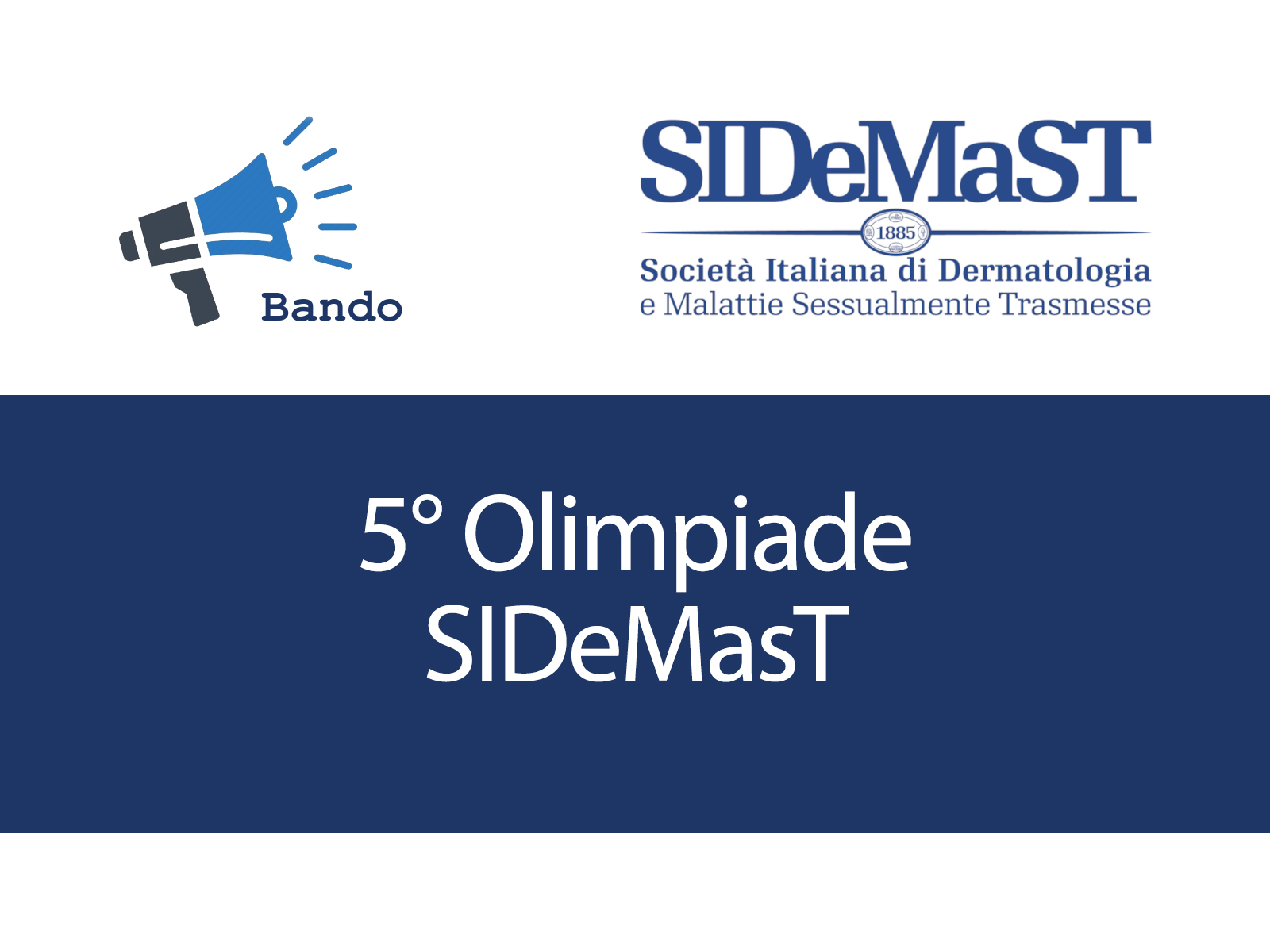The novel lymph-node imaging compound [99mTc] tilmanocept accurately detects sentinel lymph nodes (SLNs), and appears to predict pathological staging in SLN biopsy (SLNB), according to results from a long-term, phase 3 trial presented at the 68th Annual Meeting of the Society of Surgical Oncology (SSO).
"Tilmanocept provides favourable characteristics, such as lower molecular weight and binding capacity to antigen-presenting cells within sentinel nodes, while also providing excellent sentinel-node localisation with a low false-negative rate," noted lead author Julian Kim, MD, Case Western University, Cleveland, Ohio, speaking here at a poster session on March 27.
Dr. Kim and colleagues conducted a single-arm study that determined overall survival and the incidence of recurrence within nodal basins that were felt to be node-negative at the time of the original SLNB. Patients who developed a recurrence of either breast cancer or melanoma within a nodal basin that was originally felt to be node-negative were considered false-positive SLNBs.
Of 169 participants, 109 patients (64 with breast cancer, 45 with melanoma) agreed to take part in a 3-year, open-label follow-up, and completed at least 1 follow-up visit. Patients were pathologically confirmed lymph node-positive (pN+) or did not have SLN metastases (pN0). Recurrence and survival data were collected 6 to 36 months following excision of the primary tumour and SLNB.
The data presented here were from 89 patients (57 with breast cancer, 32 with melanoma). The primary endpoint was the regional (i.e., draining lymph node basin) recurrence-free rate after SLNB with tilmanocept.
The overall regional recurrence-free rate for patients with breast cancer, patients with melanoma, and the combined total of all patients was 100% (no recurrence), 93.0% (3 cases of recurrence), and 97.1% (3 cases of recurrence), respectively. The respective value for the patients who were pN0 was 100% (no recurrence), 97.4% (1 recurrence), and 98.8% (1 recurrence). The respective value for the patients who were pN+ was 100% (no recurrence), 60.0% (2 recurrences), and 89.5% (2 recurrences).
There were 13 cases of true-positive breast-cancer tumours, 44 cases of true-negative breast-cancer tumours, and no cases of false-negative breast-cancer tumours. The respective number of cases for melanoma tumours was 4, 27, and 1. The respective number of cases for the combined tumour group was 17, 71, and 1. The false-negative rate for the breast-cancer tumour, melanoma-tumour, and breast-cancer-tumour + melanoma-tumour groups was 0% (0/13), 20% (1/5), and 5.6% (1/8). The negative predictive value (the number of true negative results divided by the total number of negative results) in the same respective order was 100% (44/44), 96.4% (27/28), and 98.6% (71/72).
"The false-negative rate for the cohort of patients was 5.6%, which compares favourably to larger trials of lymphatic mapping and sentinel lymph-node biopsy performed in patients with both breast cancer and melanoma using other lymphatic mapping carrier agents," noted Dr. Kim. "In addition, the negative predictive value and overall survival of patients who were on the tilmanocept trials also compares favorably to historical trials," he added.
A number of clinical trials have established the value of SLNB as a substitute for full lymph-node dissection in cN0 early-stage breast cancer and melanoma (i.e., cancer without clinical and ultrasound nodal metastases). The procedure can accurately gauge the extent of cancer dissemination, but involves less extensive surgery with less potential for adverse effects than standard lymph-node surgery.
Increasing the accuracy of SLN detection during SLNB would help ensure complete excision of cancerous tissue and further decrease the chance of longer-term recurrence, the researchers concluded.
Tilmanocept is an engineered CD206 receptor-targeted radiopharmaceutical designed for SLN identification during SLNB. The compound is injected during the biopsy procedure and selectively associates with draining sentinel lymph nodes.
Funding for this study was provided by Navidea Biopharmaceuticals, Dublin, Ohio.
![Sentinel Lymph-Node Biopsy With [99mTc] Tilmanocept Accurate, Predictive of Staging](https://www.sidemast.org/img/logo_placeholder.jpg)






